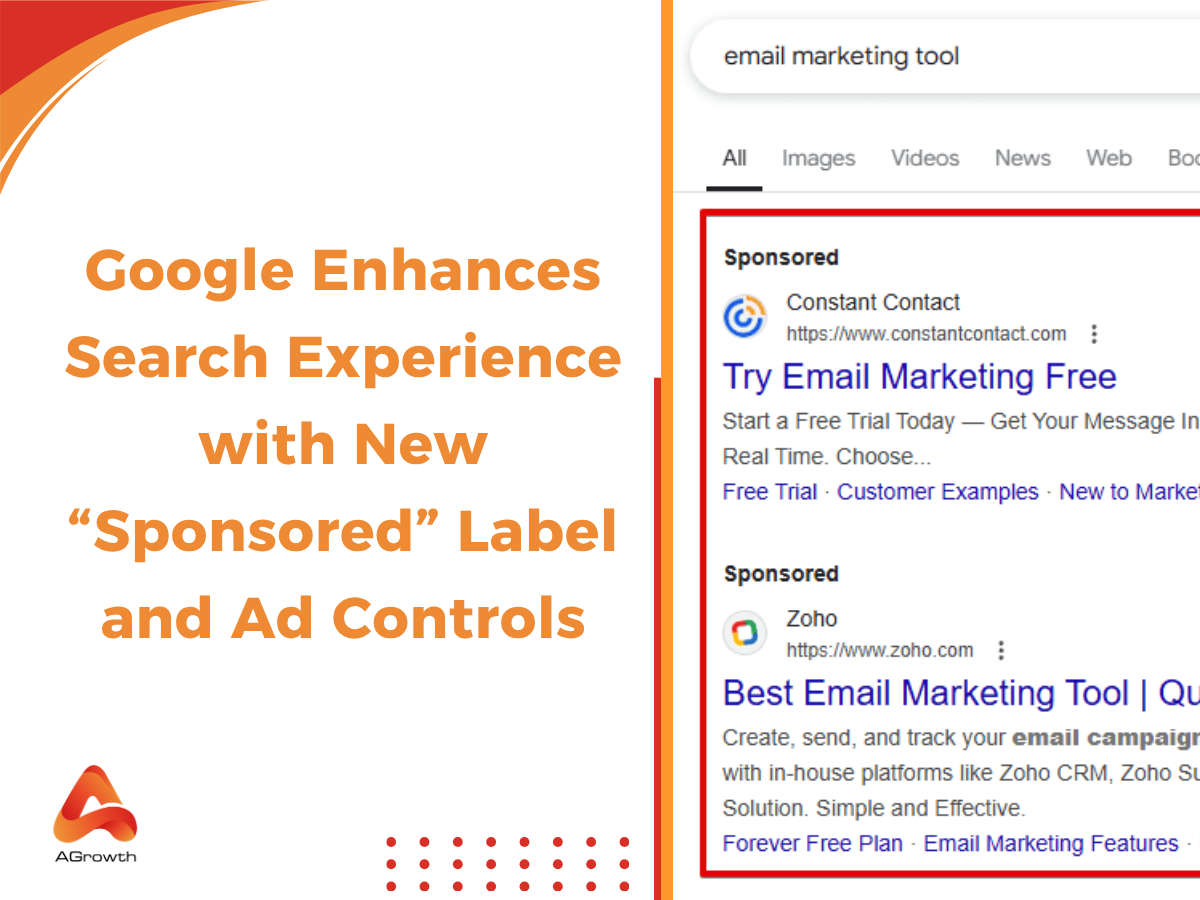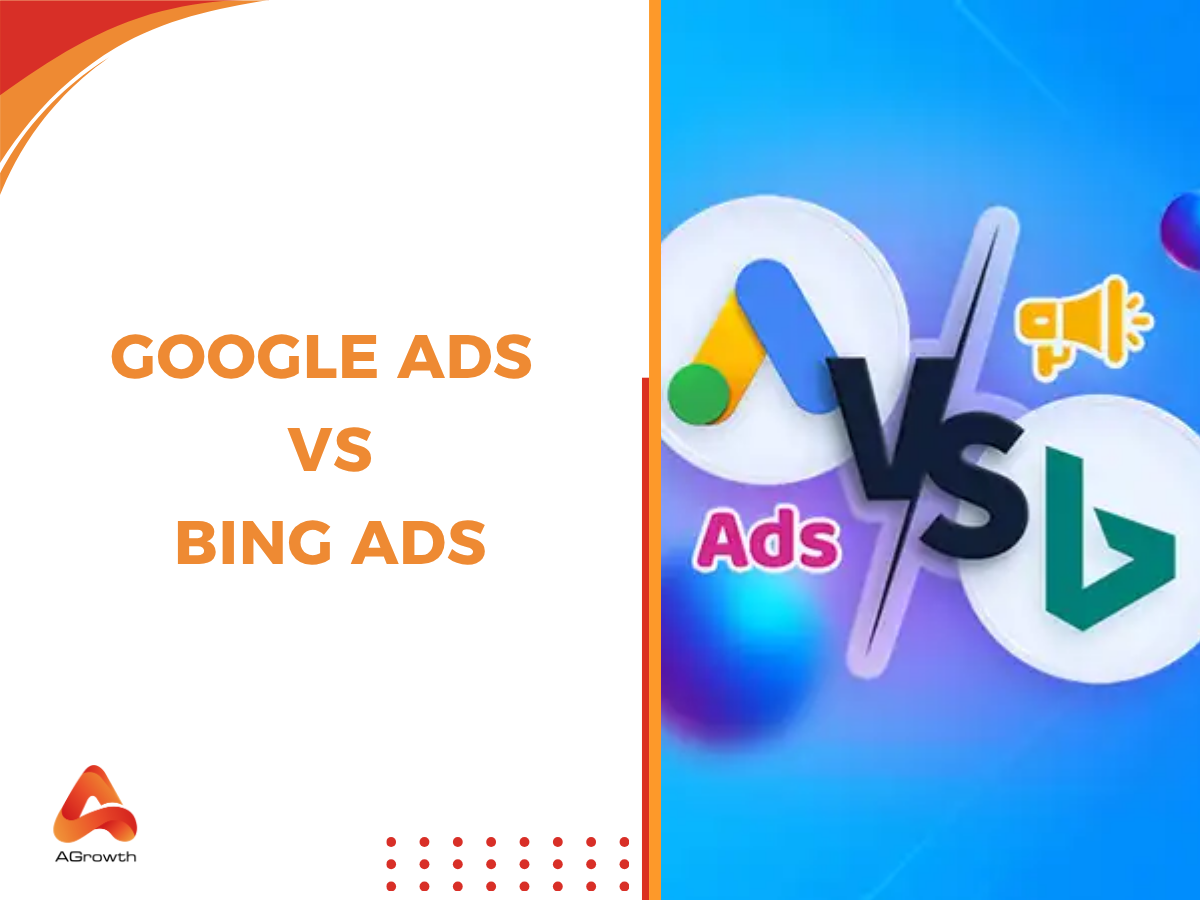
Table of Contents
Google Ads Keyword Match Types: Strategy, Evolution & Advanced Tactics
Mastery of keyword match types in Google Ads can dramatically shape how and when your ads appear—and ultimately how effectively your campaign performs. While many advertisers know the basics, the landscape has shifted significantly in recent years: Broad Match Modifier has been sunset, and Google now employs AI-driven intent-based matching across types.
In this guide, we'll walk you through:
-
What match types are and how they've evolved
-
Why they matter—especially for experienced campaigns
-
How to apply each type strategically
-
Advanced tactics and common pitfalls to avoid
What Are Google Ads Keyword Match Types?
Keyword match types dictate how closely a user's search query must align with your selected keywords for your ad to be eligible in the auction.
-
Broad Match: The most flexible; can match loosely related terms and intent.
-
Phrase Match: Requires the phrase (or its meaning) to appear in the query, albeit with flexibility.
-
Exact Match: Only triggers for search queries that share the same meaning or close variants.
Unlike generic “keywords” used in SEO, match types control triggering behavior—not just what you target, but how Google interprets meaning and variation. They're the lever between reach and precision.
The Evolution of Match Types
Understanding how match types have changed equips you to adapt a smarter strategy.
-
Early Types: Originally, Broad, Phrase, and Exact were quite rigid.
-
Broad Match Modifier (BMM): Introduced with a ‘+’ sign per word—allowed broader reach than Phrase but more control than Broad.
-
Sunsetting BMM: In February 2021, Google deprecated BMM and merged its functionality into updated Phrase Match.
-
AI & Intent-Based Matching: Today, Google leverages machine learning to understand user intent beyond literal keywords—especially effective with Smart Bidding and Broad Match.
Match types no longer behave the same as they did a few years ago. Staying current ensures you use them effectively in budget allocation, bidding strategies, and keyword targeting.
Why Google Ads Match Types Matter for Advertisers
The match type you choose directly affects campaign performance metrics:
-
CPC: Broad match may deliver lower CPCs due to volume, but relevance suffers.
-
CTR: Exact match typically yields the highest engagement, aligning closely with user intent.
-
Conversions: Precise matches often deliver stronger conversion intent; Broad can explore but may cost more in waste.
-
Quality Score: Ads that trigger on highly relevant queries—thanks to precise match types and intent-aligned content—often score better. Google Quality Score influences Ad Rank and cost efficiency.
Suppose you're targeting “luxury watches” with Broad Match only. Your ads might trigger on “cheap watches,” “gift watches,” or “kids’ digital watches.” These are irrelevant clicks, wasting spend and driving down CTR—hurting both ROI and Quality Score.
Core Types of Keyword Match for Google Ads
With the evolution of Google's systems, the functionality of each match type has become more sophisticated. Understanding their current behavior is critical to building a modern, effective campaign structure.
Broad Match
In its current form, broad match has transcended its old reputation as a simple budget-burner. Powered by Google's advanced AI, it now functions as an intelligent exploration tool.
When you use a broad match keyword, like low-carb meal plan, you are signaling to Google your core advertising concept. Google's system will then show your ad on searches that it deems semantically related to that concept. This goes far beyond synonyms and misspellings.
According to Google, broad match considers "the user's search intent, the query’s context, and other signals to match your ads to relevant searches." Your ad could appear for queries like keto diet recipes, no-sugar food delivery, or healthy meal prep for weight loss.

Advantages:
-
Maximum Reach: It uncovers new, relevant search queries you might never have thought of, making it ideal for top-of-funnel (TOFU) awareness campaigns.
-
Market Intelligence: It provides a wealth of data in your Search Terms Report, revealing how real users are searching for your products or services.
-
Synergy with Smart Bidding: When paired with target CPA or target ROAS, broad match gives the algorithm the maximum amount of data and flexibility to find converting users at your desired cost.
Disadvantages:
-
Low Relevance Potential: Without careful management and a strong negative keyword list, it can quickly attract irrelevant traffic, leading to a low CTR and wasted ad spend.
-
Requires Close Monitoring: It is not a "set it and forget it" option. The Search Terms Report must be reviewed diligently to prune irrelevant queries.
Phrase match
Phrase match, denoted with quotation marks like "men's running shoes", will show your ad on searches that include the meaning of your keyword. The query can contain the phrase directly or be a close variation that preserves the original intent.
Google states, "The meaning of the keyword can be implied, and user searches can be a more specific form of the meaning."

For the keyword "move from NYC to Boston", your ad could appear for:
-
affordable movers NYC to Boston
-
NYC to Boston moving company quotes
-
Hire a company to move me from New York City to Boston
However, it would not show for the move from Boston to NYC, because the intent and meaning have been reversed.
Advantages:
-
Controlled Reach: It provides significantly more traffic than exact match, while filtering out the highly irrelevant queries that broad match can attract.
-
High Relevance: It ensures your ads are shown to users searching with a specific intent, making it ideal for middle-of-funnel (MOFU) consideration stages.
-
Improved Efficiency: It generally leads to a higher Google CTR and better conversion rates than broad match.
When to Use: Phrase match is the default starting point for most ad groups. It's perfect when you have a good understanding of how your customers search, but want to capture slight variations and longer-tail queries.
Exact Match: The Precision Instrument
Despite its name, an exact match is no longer entirely "exact." It now incorporates close variants, making it a more flexible yet highly controlled tool for targeting users at the final stage of their journey.
How it works: Exact match, indicated with brackets like [women's hiking boots], will show your ad only when the search query has the same meaning or intent as the keyword. According to Google, this includes "close variations of your keyword, like misspellings, singular or plural forms, stemmings... abbreviations, and accents."

For the keyword [women's hiking boots], ads could show for:
-
hiking boots for women
-
women hiking boot
-
women's hiking boots
It will not show for women's trail running shoes or best men's hiking boots.
Advantages:
-
Maximum Control & Relevance: You have the tightest control over who sees your ad, resulting in the highest CTR and conversion rates.
-
Optimized CPC: While individual CPCs can be high, the extreme relevance often leads to the best cost-per-acquisition (CPA) and ROAS.
-
Clear Intent: It targets users who know exactly what they want, making it perfect for bottom-of-funnel (BOFU) conversion-focused campaigns.
Limitations:
-
Limited Reach: You will miss out on longer-tail searches and relevant variations, potentially leaving volume on the table.
-
Requires Extensive Research: Building a comprehensive list of exact match keywords requires significant research to cover all potential high-intent queries.
When to Use: Use exact match for your proven, highest-performing keywords that you know lead directly to conversions. It's the final step in refining your campaigns after gathering data from broader match types.
Negative Keywords
Negative keywords are just as powerful as the match types you bid on. They are the essential optimization tool that prevents your ads from showing on irrelevant searches, effectively stopping budget waste before it happens.
By adding negative keywords, you explicitly tell Google which search terms are not relevant to your business. This sharpens your targeting, improves your CTR by eliminating worthless impressions, and ensures your budget is spent only on users who are genuinely in the market for what you offer.
Proactively managing your negative keywords is a foundational practice in continuous Google Ads optimization. Explore a comprehensive checklist of tactics to ensure your campaigns are always running at peak efficiency.
How to find negative keywords
The single most valuable source is the Search Terms Report in Google Ads. This report shows you the actual queries people typed before clicking your ad. Regularly review this report and identify terms that are irrelevant, have low conversion rates, or indicate a mismatched intent (e.g., "free," "jobs," "DIY," "pictures").
AGROWTH - GOOGLE AGENCY ACCOUNT
⭐ Managed campaigns with expert guidance
⭐ Flexible invoice-based billings, custom top-ups
⭐ High resistance to suspension via agency tier
⭐ Quick fund transfer to new account if needed
⭐ Priority support via Google Partner channel
⭐ Lower fees from 3-5%
⭐ Eligible for bonus credit up to $384
Strategic Use Cases with Google Ads keyword match types
The true art of Google Ads management lies not in using one match type, but in orchestrating them to work together to guide users through the marketing funnel.
Broad Match + Smart Bidding for Scaling
Create a dedicated campaign using broad match keywords and a Smart Bidding strategy like Target CPA or Maximize Conversions. This "discovery" campaign acts as a net to capture a wide range of queries. The algorithm learns which user signals and search terms lead to conversions, allowing you to scale your reach efficiently and uncover new keyword opportunities from the Search Terms Report.
Phrase Match for Refining Intent
As you identify core themes and profitable query patterns from your broad match campaign, build out dedicated ad groups using phrase match. This allows you to write more tailored ad copy that speaks directly to that user intent, improving CTR and conversion rates. This is your mid-funnel workhorse.
Exact Match for High-Intent Harvesting
Once you have identified your "golden" keywords—the search terms that consistently convert at a high rate and strong ROAS—move them into their own ad groups (or even a dedicated campaign) as exact match keywords. Allocate a significant portion of your budget here and bid aggressively, as these are your most valuable clicks.
Negative Keywords for Proactive Budget Protection
Your negative keyword lists should be a living part of your account. Continuously populate them with irrelevant terms found in your broad and phrase match campaigns. Use shared negative keyword lists and apply them across multiple campaigns to maintain account-wide hygiene and efficiency.
Advanced Tactics & Best Practices
To stay ahead, sophisticated advertisers must employ advanced strategies that align with Google's modern, AI-powered platform.
Combining Match Types with Smart Bidding
Smart Bidding relies on vast amounts of data to make real-time, auction-level bid adjustments. Broader match types (broad and phrase) provide the volume of data the algorithm needs to learn and optimize effectively.
Tightly restricting your keywords to only exact matches can sometimes starve the algorithm of the signals it needs to perform at its peak. Trust the machine, but verify with data.
To fully leverage the power of this combination, it's essential to select the right Google Ads bidding strategies that align with your campaign goals, whether it's maximizing conversions, clicks, or ROAS.
SKAGs vs. STAGs
The era of Single Keyword Ad Groups (SKAGs) is largely over. The introduction of close variants means one exact match keyword can trigger dozens of slightly different search terms, making the one-to-one mapping of SKAGs impractical.
The modern approach is Single Theme Ad Groups (STAGs). Group tightly-themed keywords (e.g., [men's waterproof running shoes], "waterproof running shoes for men") into a single ad group. This provides the algorithm with enough data while keeping ad copy highly relevant to the theme.
Relentless Refinement with the Search Terms Report
This report is your single source of truth. Schedule a weekly or bi-weekly review to perform two key actions:
-
Identify new, irrelevant queries to add as negative keywords.
-
Discover high-performing, relevant queries that can be "graduated" into their own ad groups with more specific match types (e.g., a query found in a phrase match campaign can be added as an exact match keyword).
Leveraging Dynamic Keyword Insertion (DKI) for Ad Relevance
DKI dynamically inserts the keyword that triggered your ad directly into your ad's headline or description. When used within a well-structured STAG, this can significantly boost ad relevance and CTR. For even more advanced and scalable personalization that goes beyond keywords, consider leveraging the power of the Google Ad Customizer to tailor your ads with real-time data like prices, inventory, and locations.
For example, in an ad group with keywords for different shoe sizes, DKI can make the headline read "Buy Size 11 Running Shoes," perfectly matching the user's query and creating a powerful sense of personalization.
To implement this effectively, it's important to master the syntax and best practices of Google Dynamic Keyword Insertion to boost relevance without sacrificing ad quality.
FAQs
Which keyword match type is the best to use?
There is no single "best" match type; the optimal choice depends on your campaign goals. A common strategy is to use them together for different purposes:
- Use Broad Match for discovery and scaling, especially when paired with Smart Bidding to find new conversion opportunities.
- Use Phrase Match as the standard for most ad groups, capturing relevant searches with good control.
- Use Exact Match for your proven, highest-performing keywords ("golden keywords") to maximize ROI on high-intent searches.
What is the difference between Phrase Match and Broad Match?
The main difference is control versus reach.
Broad Match prioritizes reach. It allows Google's AI to show your ads for any search it deems related to your keyword's topic, giving the system maximum flexibility. For the keyword low-carb diet plan, your ad might show for keto recipes.
Phrase Match prioritizes relevance. It requires the user's search to include the specific meaning of your keyword phrase. For "low-carb diet plan", your ad could show for best low-carb diet plan for beginners but is very unlikely to show for keto recipes.
Is Broad Match Modifier (BMM) still used in Google Ads?
No, Broad Match Modifier (BMM) is no longer used. Google fully deprecated BMM in July 2021. Its functionality was absorbed into the updated Phrase Match type, which now handles the controlled-reach behavior that BMM was previously used for.
How do negative keywords work with match types?
Negative keywords act as an essential filter, preventing your ads from showing on irrelevant searches, regardless of your chosen bidding match type. They stop you from wasting money on unqualified clicks. For example, if you sell "luxury watches," you would add negative keywords like -free, -jobs, or -pictures to ensure your budget is spent only on users with commercial intent.
Should I still use SKAGs (Single Keyword Ad Groups)?
The strategy of using Single Keyword Ad Groups (SKAGs) is now largely outdated. Due to updates in how match types (especially Exact Match) handle close variants, one keyword can trigger many different search queries. The modern best practice is to use Single Theme Ad Groups (STAGs), where you group a small, tightly-themed set of keywords into one ad group to provide the algorithm with sufficient data while keeping ad copy highly relevant.
Related posts:









Your comment